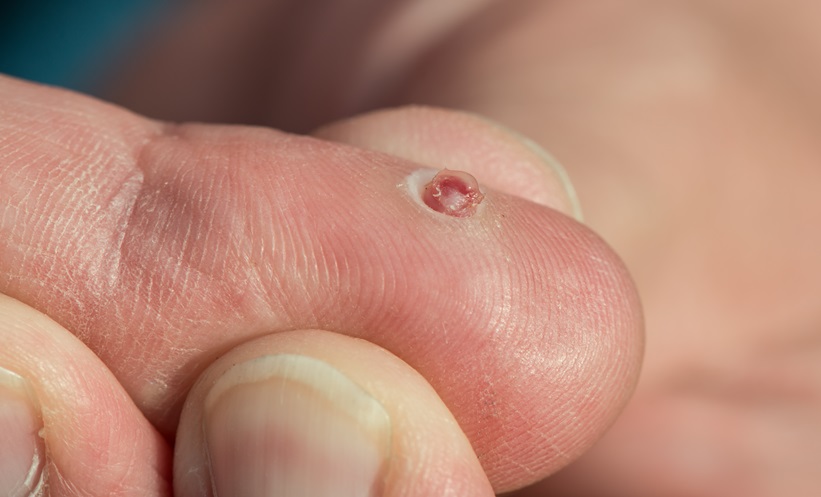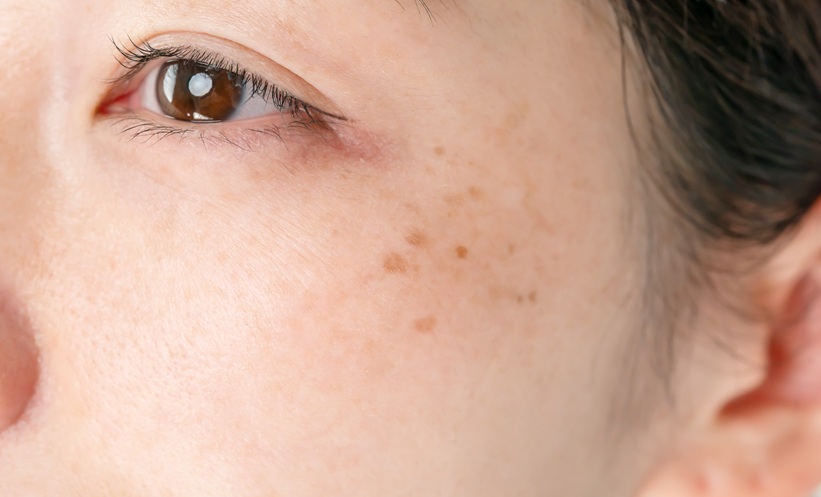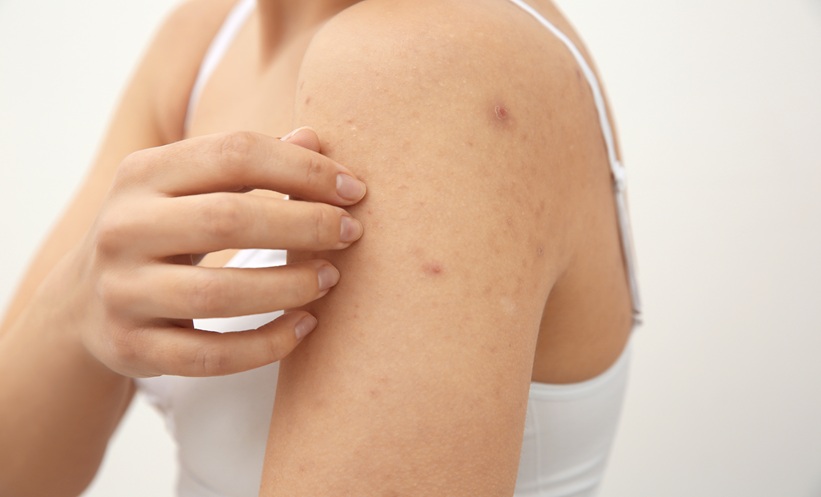A NEW retrospective study has shed light on the incidence of cutaneous pyogenic granulomas (PGs) by age, sex, and anatomical location. The research, conducted at a large Midwestern U.S. tertiary center, analyzed over 1,000 case reports of pathologically confirmed PGs between April 2010 and March 2020. The findings suggest significant differences in PG occurrence based on these demographic factors, providing important insights for clinicians managing these common vascular tumors.
The study, which included 1009 cases from 987 individuals, reveals distinct age and sex patterns in PG distribution. Notably, PGs were more prevalent in males under the age of 20 on the head/neck and trunk, while females between 20 and 50 years of age experienced a higher incidence in the same areas. Interestingly, PGs on the upper and lower extremities did not show any major sex differences. The study also found no left-right laterality bias in upper extremity PGs, nor any anterior-posterior bias in truncal PGs.
A total of 376 pediatric patients (38.1% of the total sample) were included in the analysis, with females comprising 32.4% of this group. Among the 611 adult cases, females accounted for 59.6%. While PGs were equally distributed between males and females across most anatomical locations, females showed a higher incidence of PGs on the lower extremities. The findings also emphasized the significant age-by-sex differences observed on the head/neck and trunk, marking a notable deviation from previous studies.
The data suggests that trauma, often considered a contributing factor to PG development, may not play as significant a role as previously thought. The lack of a strong laterality bias and the age-specific distribution patterns point to other potential etiologic factors at play.
Researchers concluded that the results warrant further investigation to explore the underlying causes of these patterns and to clarify the relationship between age, sex, and PG occurrence. This study highlights the need for more comprehensive research in order to better understand the factors influencing cutaneous pyogenic granulomas across different patient demographics.
Reference: Dube U et al. Age, Sex, and Anatomical Location Patterns in Cutaneous Pyogenic Granuloma Cases. JAMA Dermatol. 2025. doi:10.1001/jamadermatol.2024.5447.







